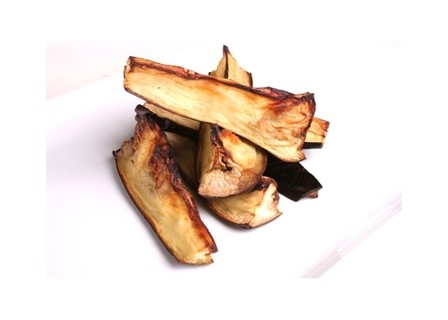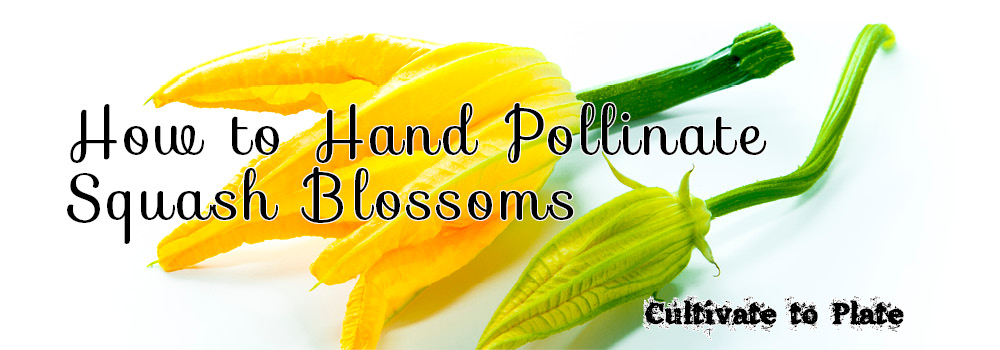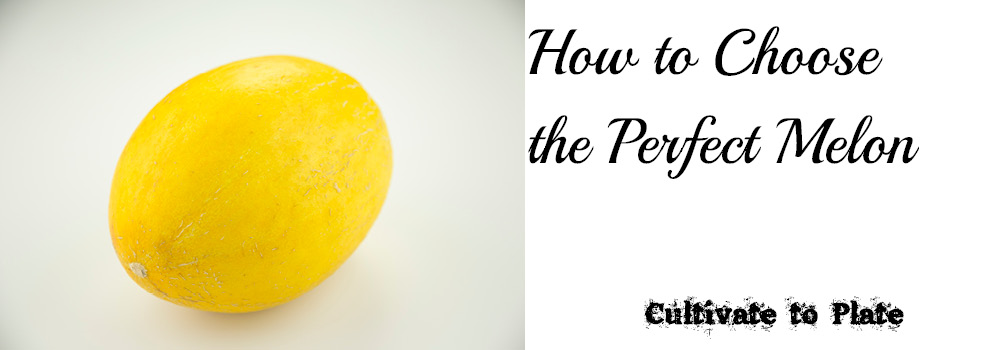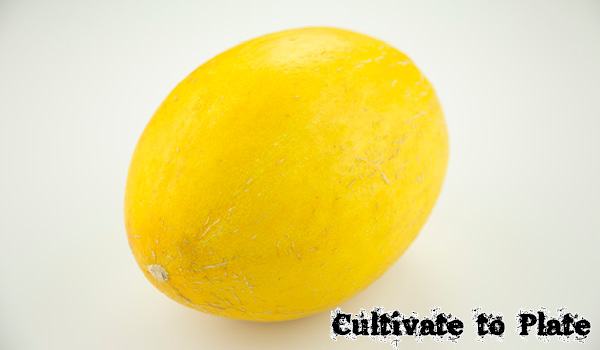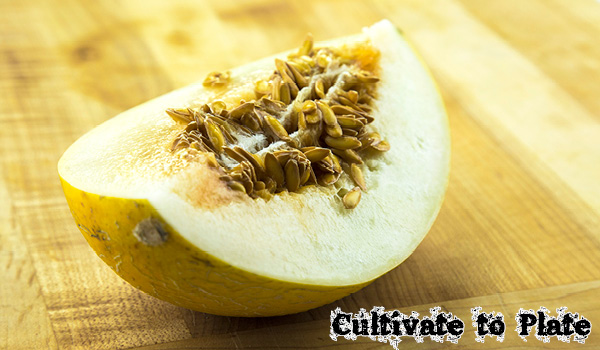Eggplant comes in many varieties: Chinese and Japanese eggplant which are distinguished by their slender shapes; Globe varieties which are the popular deep purple, large egg-shaped eggplant; and mini varieties perfect for quick cooking. Eggplant skin is edible although some cooks prefer to peel the larger eggplants prior to dicing and cooking.
Eggplant makes a great substitution for meat in recipes, such as Eggplant Parmesan – rather than chicken or veal, eggplant is sliced, breaded and browned prior to baking with a tomato-based sauce and serving.
Preparing Eggplant for Cooking
Salting eggplant is a preparation method some cooks do to extract bitterness out of an eggplant. It is generally not effective for taking away bitterness (be sure to buy fresh eggplant and you won`t have this problem) but it is an excellent way to draw out the vegetable`s moisture, so it remains firm upon cooking. Be sure to rinse and squeeze properly after salting. If you are really concerned about bitterness, rather than salting, choose an eggplant that is smaller, free of dings or soft spots, and is deep and shiny in color, which are all hallmarks of fresh eggplant.
The Best Cooking Methods for Eggplant
The first thing to know about eggplant is it will soak up just about all the oil you throw at it. Great healthy cooking methods are baking, grilling and stir-frying. For mashed eggplant, fresh eggplant can be baked two basic ways. It can either be prepared whole (simply place in the oven, pricking several times with a fork or paring knife to let air escape and bake until it collapses and flesh is soft) or sliced in half (brush with a little oil, spearing with a knife and bake until browned, collapsed and tender) Let cool, and peel or scoop out the flesh. Both ways are cooked at 350 degrees F and times will depend on the size of the eggplant, generally between 35 to 50 minutes.
Stir-frying is best reserved for the Asian varieties that require less of a cooking time than the larger globes. For grilling, brush on a little oil and grill until browned and tender over a medium-heated charcoal or gas grill.
Using Eggplant in Recipes
Eggplant is very versatile. While botanically a fruit, eggplant is cooked and served as a vegetable. Eggplant can be the main item in a dish, or simply used as a component to highlight something else. If eggplant is to be fried, it is often breaded to reduce the amount of oil being absorbed. When diced and added during cooking, add it at the same time as other medium-to-quick cooking vegetables like diced squash, rather than longer cooking vegetables such as diced turnips or potatoes.
Oven Roasted Eggplant Recipe
Eggplant is also great served by itself. To prepare eggplant as a vegetable side dish, choose a smaller globe variety eggplant, free of blemishes and bright in color. Wipe it clean and trim off the top and bottom. Slice lengthwise into even-sized wedges keeping the skins on. Lightly brush with olive oil, sprinkle with salt and pepper and place skin-side down on a lightly oiled baking sheet. Bake at 350 degrees until lightly browned and tender. Serve fresh.


